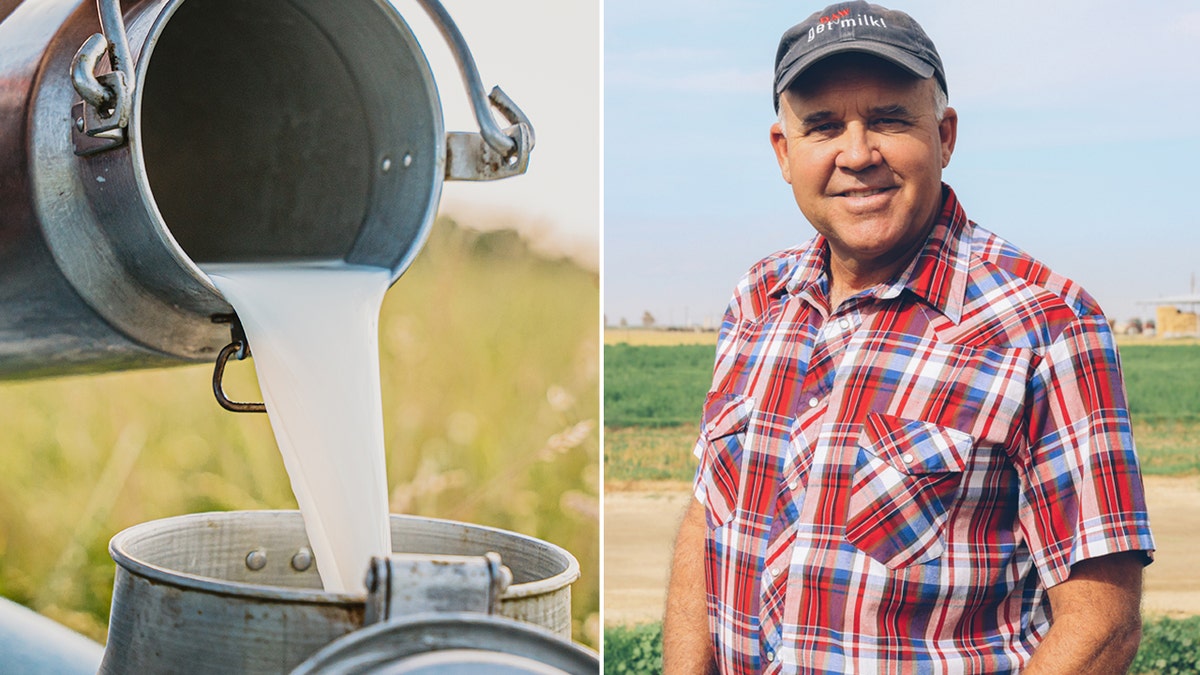
Raw Milk: A Controversial Beverage on the Cusp of Change
In the realm of food and beverage, raw milk stands as a polarizing topic, eliciting both ardent proponents and cautious skeptics. This unpasteurized liquid holds immense nutritional value, but also carries potential health risks that have fueled a heated debate over its regulation.
The Raw Milk Landscape: A Patchwork of State Laws
Currently, the United States lacks a federal framework governing the sale and consumption of raw milk. Instead, individual states hold the authority to determine its legality within their borders. This fragmented approach has resulted in eight states granting unrestricted retail sales of raw milk, including California, where Mark McAfee, founder and CEO of the family-run Raw Farm, operates.
A Catalyst for Change: Robert F. Kennedy Jr.’s Appointment
Speculation swirls that the recent appointment of Robert F. Kennedy Jr. as Secretary of Health and Human Services could herald significant shifts in the raw milk landscape. McAfee predicts that "major changes" could materialize within the next six to eight months, potentially paving the way for a wider embrace of raw milk’s consumption.
Raw Milk: A Nutritious Powerhouse with Potential Risks
Proponents of raw milk extol its nutritional richness, which they believe surpasses that of pasteurized milk. Mark McAfee, a leading advocate, emphasizes the presence of bioactives in raw milk, which he claims are essential for immune system development, anti-inflammatory properties, and even anti-cancer effects.
However, raw milk also carries the potential for harboring harmful bacteria such as E. coli or salmonella. If obtained from an unhygienic source or from cows with certain illnesses, raw milk consumption can lead to severe health complications.
Ensuring Safety: A Critical Responsibility
McAfee recognizes the importance of safe practices in raw milk production and emphasizes that adherence to strict standards is paramount. Raw Farm employs rigorous testing procedures to guarantee the absence of pathogens in every batch of milk before it leaves the farm.
CDC’s Perspective: Pasteurization as the Preferred Option
The Centers for Disease Control and Prevention (CDC) maintains a cautious stance on raw milk consumption, advocating for pasteurization as the safest way to enjoy milk’s benefits. Pasteurization significantly reduces the risk of milk-borne illnesses, particularly in vulnerable populations such as children, the elderly, and those with compromised immune systems.
Raw Milk: A Personal Choice, a Medical Concern
Dr. Rafid Fadul, a physician specializing in pulmonary critical care and internal medicine, approaches raw milk consumption as a risk-benefit assessment. He emphasizes the importance of prioritizing safety over potential nutritional gains.
Cost Considerations: Raw Milk’s Premium Price Tag
Raw milk typically commands a higher price than its pasteurized counterpart, with costs ranging from $18 to $20 per gallon. This premium reflects the increased expense associated with maintaining cleanliness and ensuring cow health.
A Call for Harmonization and Education
McAfee believes that a unified standard for raw milk production and consumption would benefit both consumers and farmers. The Raw Milk Institute, which he chairs and founded, actively educates farmers on best practices and promotes stringent testing to ensure the safety of unpasteurized milk.
Conclusion: A Complex and Evolving Landscape
The raw milk debate continues to ignite discussions and challenge conventional wisdom. As research and education progress, the balance between nutritional benefits and potential risks may shift, leading to a more nuanced understanding of this controversial beverage. The appointment of Robert F. Kennedy Jr. as Secretary of Health and Human Services may serve as a catalyst for further regulatory changes, ultimately shaping the future of raw milk consumption in the United States.
